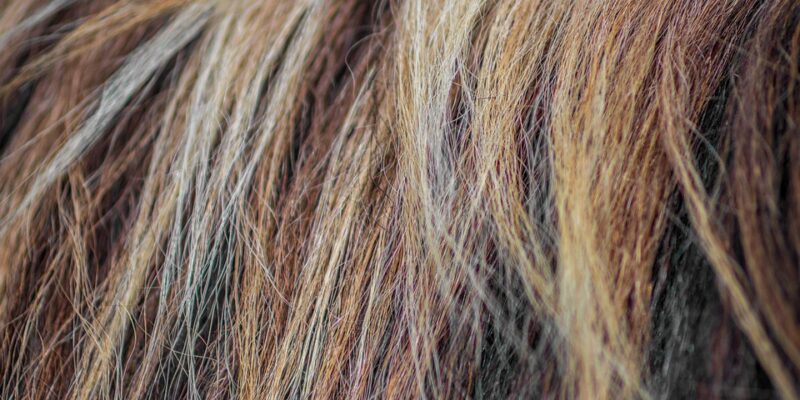The Importance of Dynamic Hair and Cloth in Digital Art
Digital art has become an increasingly popular form of artistic expression in recent years. With advancements in technology and software, artists are able to create stunning and realistic pieces that rival traditional forms of art. One key component of digital art that has continued to evolve is the rendering of hair and cloth. Dynamic hair and cloth can add depth and realism to a digital artwork, and mastering the artistry of rendering these elements can elevate the overall quality of a piece.
The Challenges of Rendering Dynamic Hair and Cloth
One of the biggest challenges artists face when rendering dynamic hair and cloth is achieving realistic movement and texture. Hair and cloth are fluid elements that are constantly in motion, and capturing this movement convincingly in a static image can be difficult. In addition, the textures of hair and cloth can be complex and nuanced, requiring careful attention to detail in order to create a convincing representation.
Techniques for Rendering Dynamic Hair and Cloth
There are a variety of techniques that artists use to render dynamic hair and cloth in digital art. One common approach is to utilize simulation software that mimics the movement and behavior of real hair and cloth. By inputting parameters such as gravity, wind, and friction, artists can create dynamic and realistic simulations that accurately portray the movement of these elements.
Another technique that artists use is to create custom brushes specifically designed for rendering hair and cloth. These brushes can mimic the texture and movement of real hair and cloth, allowing artists to paint in these elements with precision and detail. By layering multiple brush strokes and adjusting opacity and blending modes, artists can achieve a realistic and dynamic effect.
The Artistry of Rendering Dynamic Hair and Cloth
Rendering dynamic hair and cloth in digital art is not just a technical exercise – it is also an art form in itself. Artists must carefully consider factors such as lighting, composition, and color theory in order to create a cohesive and visually striking piece. By paying attention to these elements, artists can achieve a sense of realism and depth that draws the viewer in and creates an emotional connection.
One key aspect of rendering dynamic hair and cloth is attention to detail. By focusing on the individual strands and folds of the hair and cloth, artists can create a sense of movement and texture that is truly convincing. This attention to detail is what separates a basic rendering from a truly masterful piece of art.
In addition to technical skill, artists must also possess a keen artistic eye in order to effectively render dynamic hair and cloth. By studying the movement and behavior of real hair and cloth, artists can gain a deeper understanding of how to accurately portray these elements in their artwork. This attention to realism and authenticity is what sets digital art apart from other forms of artistic expression.
Conclusion
The artistry of rendering dynamic hair and cloth in digital art is a challenging and rewarding endeavor. By mastering the technical skills and techniques necessary to create realistic and dynamic representations of these elements, artists can elevate the quality of their work and create truly stunning pieces of art. Through attention to detail, artistic vision, and a dedication to realism, artists can create digital artworks that are both visually striking and emotionally engaging. In a world where digital art continues to rise in prominence, mastering the artistry of dynamic hair and cloth is a valuable skill that can set artists apart and showcase their talent to the world.
